Succeeded in developing a 'perfect solar energy absorber' using technology to process metal so that it floats in water

Researchers have succeeded in creating a ' perfect solar energy absorber ' by processing the metal surface with a laser. By using this, it is possible to create a more ideal solar power generation system.
Lasers etch a 'perfect' solar energy absorber: NewsCenter
The University of Rochester has developed 'water floating metal' inspired by the ability of spiders and ants to float on water. Metals that float on water use a femtosecond laser that oscillates with a very short pulse width to increase the laser intensity, thereby imparting strong hydrophobicity (superhydrophobicity) to the metal surface.
`` Sinking and floating metal '' inspired by fire ants and spiders is developed-gigazine

A research team at the University of Rochester will develop a component to create a highly efficient solar power generation system using the same femtosecond laser processing technology used for processing `` metal floating in water '' I am successful. The research was led by Professor Chunlei Guo, who studies the interaction of femtosecond lasers with matter at the Optical Laboratory at the University of Rochester.
About the 'perfect component for solar power generation' developed by the research team, you can see well by looking at the following movie.
Soaking up the sun with laser treated metal-YouTube
In the past few years, Professor Guo's lab at the University of Rochester has been working to add superhydrophilic and superhydrophobic properties to metals using femtosecond lasers.

The result is a metal that floats in water, which is made of a metal with super-hydrophobic properties. When you drop a drop of water on 'metal floating on water', the drop bounces off the surface.
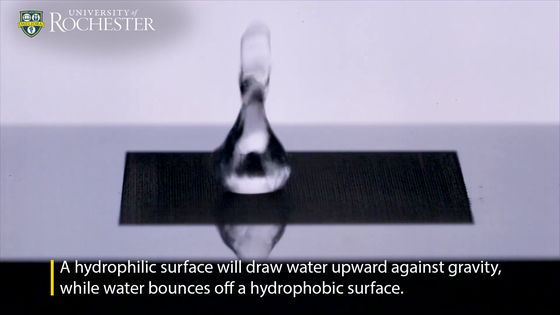
Similarly, the research team is challenging to dramatically increase the sunlight absorption rate by turning the metal surface black with a femtosecond laser.
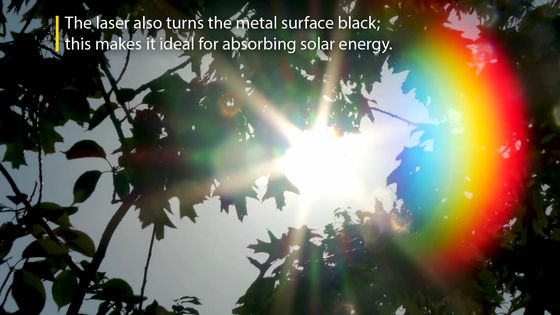
However, simply turning the metal surface black will radiate wavelengths outside the solar spectrum as heat.
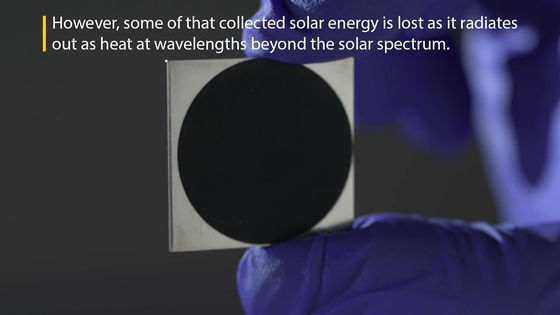
To solve this problem, Guo's lab has developed a selective absorber that has the property of 'absorbing the solar spectrum and hardly losing heat at other wavelengths'.
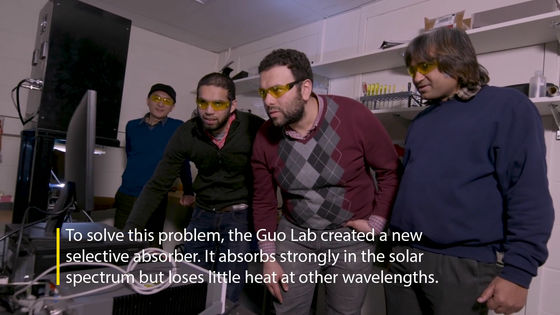
In the case of ordinary metal pieces, most of the light is reflected on the surface, but ...
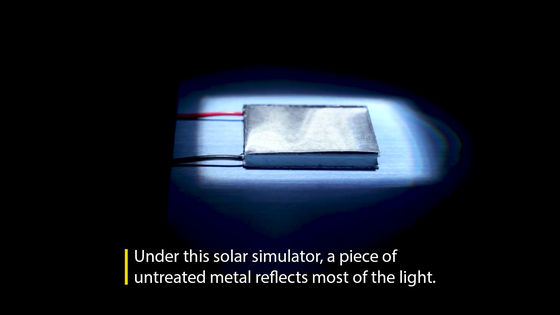
When the surface of a metal is properly processed with a femtosecond laser, the necessary energy can be absorbed without any reflection as shown below.
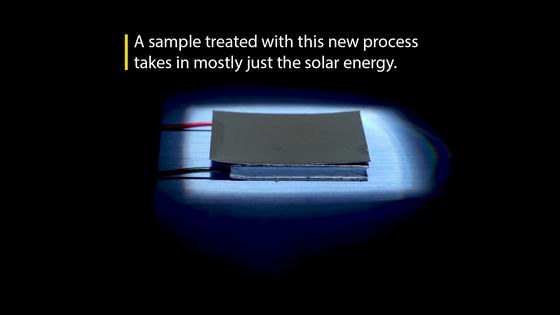
By incorporating the selective absorber developed by the research team into the
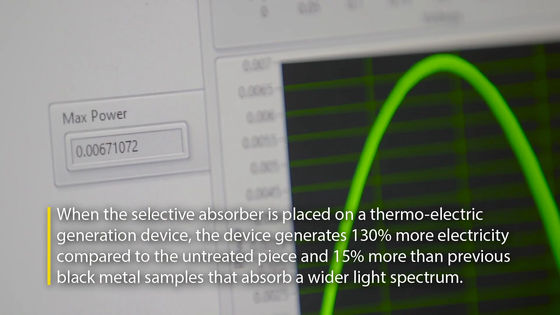
Selective absorbers optimize the collection of solar and thermal energy by capturing heat at a given wavelength while minimizing heat loss.
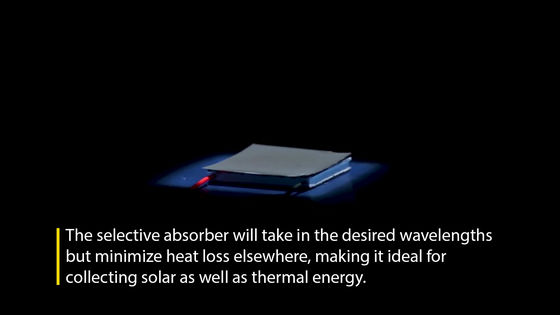
'Once we've created a virtually perfect metal selective absorber for the first time,' Guo said in a statement.
The research team succeeded in processing metals such as aluminum, copper, steel and tungsten with a femtosecond laser to make them selective absorbers. Among them, tungsten, which is generally used as a heat absorbing material, has the highest solar absorption efficiency.
Related Posts:







